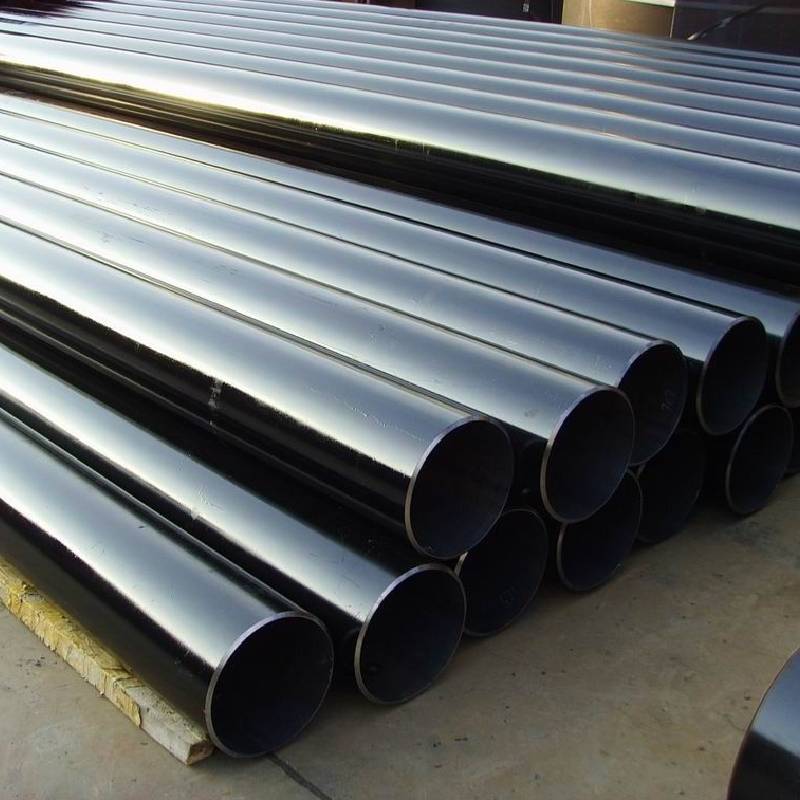-
Cangzhou Yulong Steel Co., Ltd.
-
Phone:
+86 13303177267 -
Email:
admin@ylsteelfittings.com
- English
- Arabic
- Italian
- Spanish
- Portuguese
- German
- kazakh
- Persian
- Greek
- French
- Russian
- Polish
- Thai
- Indonesian
- Vietnamese
- Zulu
- Korean
- Uzbek
- Hindi
- Serbian
- Malay
- Ukrainian
- Gujarati
- Haitian Creole
- hausa
- hawaiian
- Hebrew
- Miao
- Hungarian
- Icelandic
- igbo
- irish
- Japanese
- Javanese
- Kannada
- Khmer
- Rwandese
- Afrikaans
- Albanian
- Amharic
- Armenian
- Azerbaijani
- Basque
- Belarusian
- Bengali
- Bosnian
- Bulgarian
- Catalan
- Cebuano
- China
- China (Taiwan)
- Corsican
- Croatian
- Czech
- Danish
- Esperanto
- Estonian
- Finnish
- Frisian
- Galician
- Georgian
- Kurdish
- Kyrgyz
- Lao
- Latin
- Latvian
- Lithuanian
- Luxembourgish
- Macedonian
- Malgashi
- Malayalam
- Maltese
- Maori
- Marathi
- Mongolian
- Myanmar
- Nepali
- Norwegian
- Norwegian
- Occitan
- Pashto
- Dutch
- Punjabi
- Romanian
- Samoan
- Scottish Gaelic
- Sesotho
- Shona
- Sindhi
- Sinhala
- Slovak
- Slovenian
- Somali
- Sundanese
- Swahili
- Swedish
- Tagalog
- Tajik
- Tamil
- Tatar
- Telugu
- Turkish
- Turkmen
- Urdu
- Uighur
- Welsh
- Bantu
- Yiddish
- Yoruba

Sep . 22, 2024 19:42 Back to list
weldable steel pipe
Understanding Weldable Steel Pipes Properties and Applications
Weldable steel pipes are a crucial component in various industries due to their strength, durability, and versatility. Designed specifically for welding applications, these pipes are constructed to meet the demands of structural integrity and performance. The properties that make steel pipes weldable largely stem from their chemical composition and manufacturing processes.
One of the primary benefits of weldable steel pipes is their ability to withstand high pressure and extreme temperatures, which makes them suitable for a range of applications including oil and gas, construction, and manufacturing. These pipes are categorized based on their mechanical properties, such as yield strength and tensile strength, which determine their suitability for different applications. Common grades include ASTM A53, ASTM A106, and ASTM A500, each designed for specific environments and structural requirements.
Welding is a critical process for creating strong joints between different pipe sections. To ensure a reliable weld, it is essential to prepare the surfaces of the steel pipes properly. This preparation includes cleaning and often beveling the edges of the pipes to create a suitable joint design. Various welding techniques can be used, including MIG (Metal Inert Gas), TIG (Tungsten Inert Gas), and SMAW (Shielded Metal Arc Welding), each offering different benefits depending on the project requirements.
weldable steel pipe

Additionally, weldable steel pipes come in different grades and finishes, which can influence their corrosion resistance and overall longevity. For instance, galvanized steel pipes are covered with a layer of zinc to prevent rusting, making them ideal for outdoor applications. In contrast, stainless steel pipes are often used in environments where high corrosion resistance is needed.
The versatility of weldable steel pipes extends beyond industrial use. In construction, they form the backbone of many structures, providing essential support for buildings and infrastructure. Their reliability and economic viability make them a preferred choice among engineers and contractors.
In conclusion, weldable steel pipes play a vital role in various sectors due to their strength, adaptability, and ease of fabrication. Understanding the properties and proper welding techniques associated with these pipes can significantly enhance the efficiency and durability of projects across multiple industries. As technology advances, we can expect innovations that will further improve the manufacturing and application of weldable steel pipes, ensuring their continued relevance in modern engineering.
Latest news
-
ANSI 150P SS304 SO FLANGE
NewsFeb.14,2025
-
ASTM A333GR6 STEEL PIPE
NewsJan.20,2025
-
ANSI B16.5 WELDING NECK FLANGE
NewsJan.15,2026
-
ANSI B16.5 SLIP-ON FLANGE
NewsApr.19,2024
-
SABS 1123 FLANGE
NewsJan.15,2025
-
DIN86044 PLATE FLANGE
NewsApr.19,2024
-
DIN2527 BLIND FLANGE
NewsApr.12,2024
-
JIS B2311 Butt-Welding Fittings LR/SR 45°/90° /180°Seamless/Weld
NewsApr.23,2024











